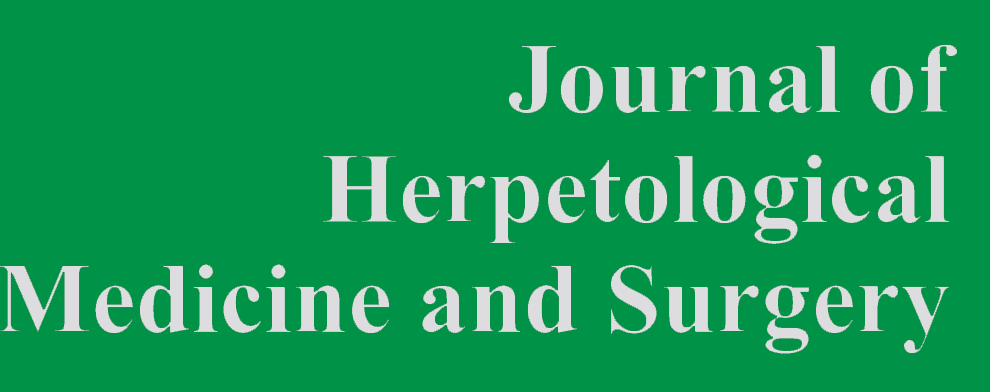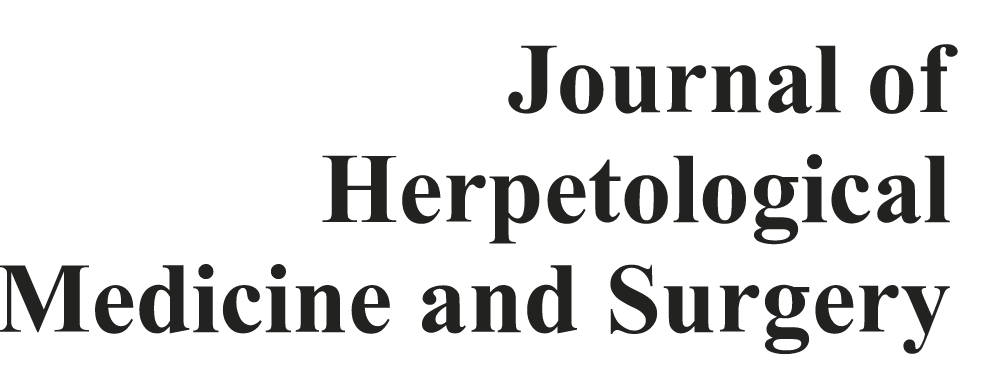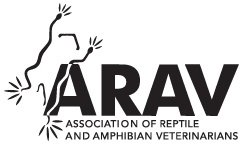Adenoviruses Across Reptiles
Adenoviruses (AdV) have emerged as a potential threat to the health of reptiles. Morbidity and mortality associated with AdV has been reported in squamates, chelonians and crocodilians. Adenoviruses detected within reptile taxa are diverse and belong to three genera thus far: Barthadenovirus, Testadenovirus, and Siadenovirus. Clinical implications of AdV infection vary widely depending on the species and host, ranging from no clinical disease to severe multisystemic disease and death. Adenoviruses of significant clinical concern include agamid adenovirus 1 (Barthadenovirus) and Sulawesi tortoise adenovirus (Siadenovirus), as both of these have been associated with mortality events. Diagnosis of AdV in reptiles has been accomplished with molecular detection (consensus nested polymerase chain reaction (PCR) and sequencing, quantitative PCR), direct visualization (electron microscopy, in situ hybridization (ISH), immunohistochemistry), and host response (histopathology). This review will discuss taxonomy, pathogenesis, pathologic findings, diagnosis, and treatment of adenoviruses detected in reptiles. The prevalence and impact of AdV in free-living populations of reptiles has yet to be determined, warranting further investigation. Understanding the implications of adenoviruses for reptile health at the individual and population levels may aid both clinical medicine and conservation efforts.Abstract
Contributor Notes



